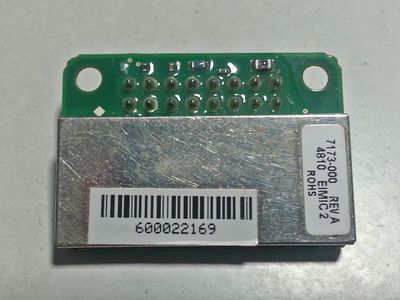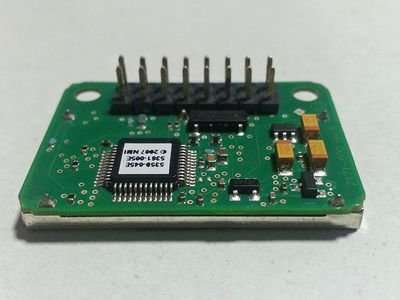This page describes Intelligent Patient Monitoring System project, which is a part of the Embedded Systems-1 course. The aim of this project is to obtain data from Pulse Oximeter, Temperature sensor and the accelerometer, interpret it, display it as well as some advice for the patient according to the data obtained from the sensors and their relationship with human body. When there is an exceptional condition in the heart rate and body activity it raises an alarm.
Motivation
As the number of and diabetic patients increasing rapidly carrying the strongest risk factor for heart diseases. One can imagine the problem from the estimation of WHO that the number of diabetic patients reaching 300 Million by 2025. These many no of patients suffering from chronic diseases need monitoring on a very regular basis(regular intervals). And also by the same time to keep the body glucose in the safe limit they have work out regularly. But over exercising may prove fatal due to the cardiovascular problems. So they need to workout with someone or something monitoring the factors related to their body like heart rate, blood oxygen saturation, body temperature and body activity.
Sensors
Pulse Oximeter

OEM Module Analog Side

OEM Module Digital Side

Nonin SPO2 and Heart Rate Sensor
A pulse oximeter is a medical device that indirectly monitors the oxygen saturation of a patient’s blood (as opposed to measuring oxygen saturation directly through a blood sample), and measure the heart rate of a patient.
In medicine, oxygen saturation (SO2), commonly referred to as “sats”, measures the percentage of hemoglobin binding sites in the bloodstream occupied by oxygen. At low partial pressures of oxygen, most hemoglobin is deoxygenated. At around 90% (the value varies according to the clinical context) oxygen saturation increases according to an oxygen-hemoglobin dissociation curve and approaches 100% at partial oxygen pressures of >10 kPa. A pulse oximeter relies on the light absorption characteristics of saturated hemoglobin to give an indication of oxygen saturation.
Temperature sensor
We have used the temperature sensor of the analog board(which is built at DESE, IISc).
Accelerometer
The accelerometer used in this project is designed and built by DESE,IISc. The interfacing between the RS232 discovery board and the accelerometer is done by I2C protocol.
Block Schematic
The high level schematic block of the project is shown in the figure.

Block Schematic
Algorithm
1. Make all the configurations first(Required clock, GPIO, USART, ADC and I2C configuration)
2. Take the age of the person as input and display the MHR(Maximum heart rate) and THR (Target heart rate).
3. Calibrate accelerometer.
4. Take 3 frames of data from SPO2 through USART and find the valid data.
5. Take the accelerometer data through I2C
6. Similarly take the temperature sensor data from the ADC.
7. Repeat the step 4 to step 6 for three cycles and average the data.
8. Compare the data with the standard data and display necessary messages.
9. For worst case raise the buzzer.
10. Once the buzzer is turned on then after necessary action restart procedure again.
11. If the buzzer is not turned on then go on repeating the procedure until the buzzer buzzes.
Challenges Faced
There are two different sensors giving data at different rates and the sampling and synchronizing these data was the main challenge.
Future Scope
1. Use multiple accelerometer to get the rich body activity factor to get more accurate data.
2. Interface a GSM module to send an SMS to concerned person or doctor.
References
- http://www.st.com/web/en/resource/technical/document/datasheet/CD00237391.pdf
- http://www.netfit.co.uk/fitness/test/resting-heart-rate.htm
- http://www.joslin.org/info/diabetes_and_heart_disease_an_intimate_connection.html
Project Team members
- Rajib Lochan Swain
- Manjunath Karikatti

Recent Comments